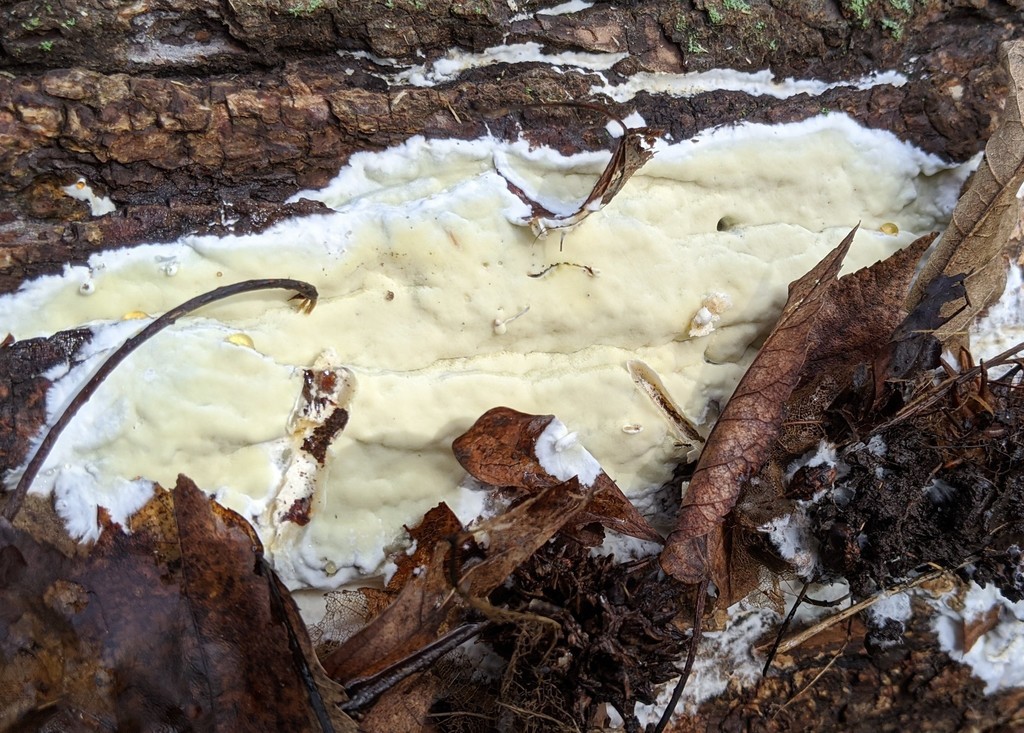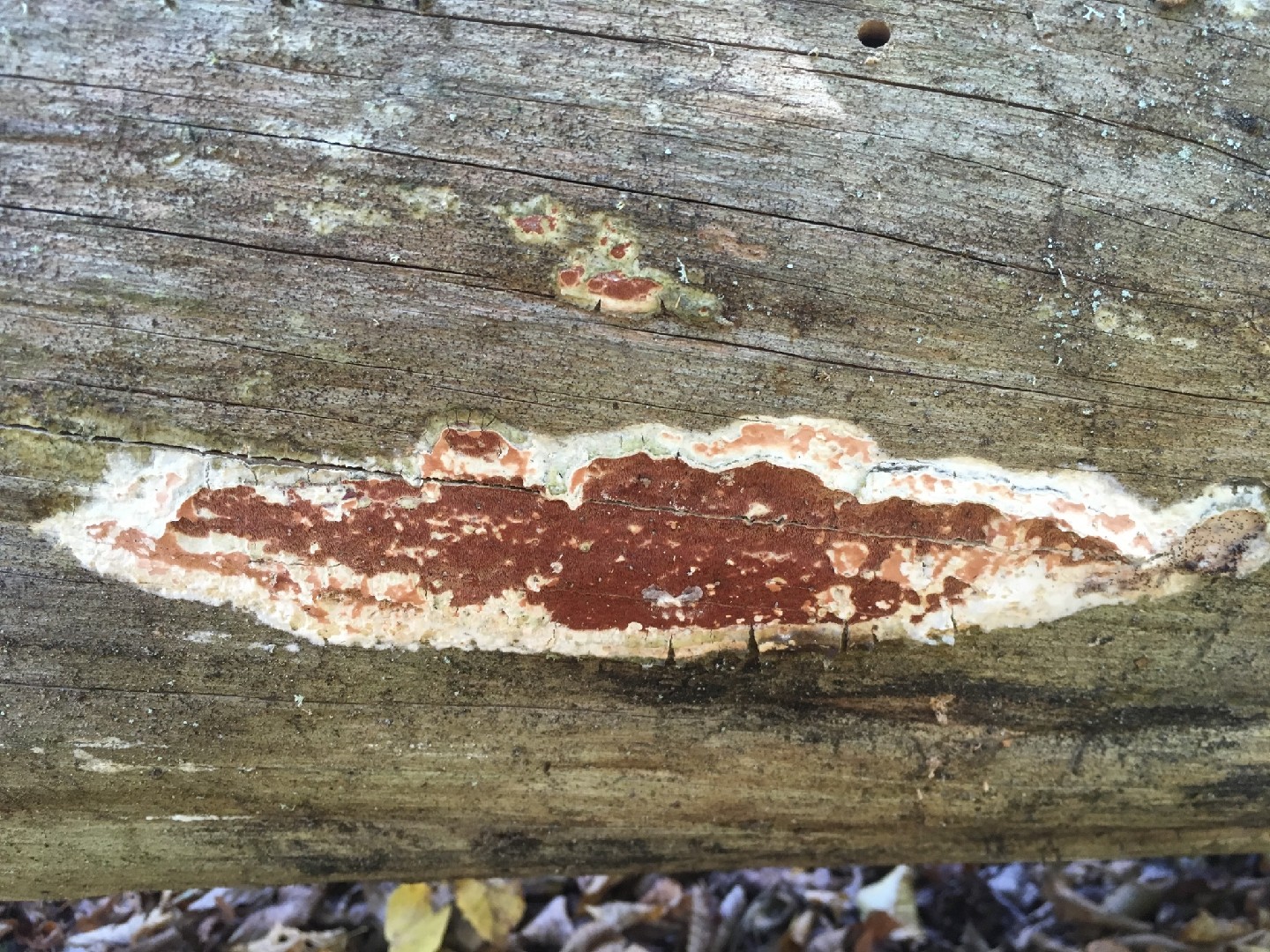Gloeoporus
Scientific name: Gloeoporus
Gloeoporus
Scientific name: Gloeoporus
 Photo By mycofreak , used under CC-BY-SA-4.0 /Cropped and compressed from original
Photo By mycofreak , used under CC-BY-SA-4.0 /Cropped and compressed from original Description
Gloeoporus are known for their wood-decaying abilities, particularly breaking down tough layers in dead trees. They often produce white rot, which means they leave behind a soft, white cellulose after removing lignin, a complex organic polymer. Gloeoporus typically form crust-like appearances on wood and have a creamy to brown. They play an important ecological role by recycling nutrients and decomposing organic matter in forest ecosystems.
Species of Gloeoporus
Scientific Classification
Phylum
Club fungi Class
Mushroom-forming fungi Order
Shelf fungi Family
Meruliaceae Genus
Gloeoporus 